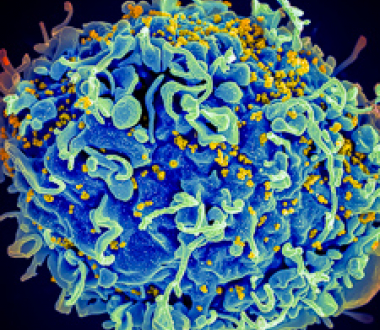
In 2014 the Centers for Disease Control and Prevention (CDC) and the Association of Public Health Laboratories (APHL) made the first changes to the recommended HIV testing algorithm in a quarter of a century. According to the new scheme, a small portion of all specimens will require a final test not performed by most laboratories-a nucleic acid test or NAT.
Because the NAT testing volume was small and the cost to acquire and maintain the necessary instrumentation large, CDC and APHL implemented the HIV NAT Referral Demonstration Project.
Two referral laboratories, New York State Department of Health’s Wadsworth Center and the Florida Bureau of Laboratories, performed this HIV-1 nucleic acid testing for 31 other public health laboratories. Only public health laboratories that have implemented the CDC/APHL laboratory algorithm but do not perform HIV NAT are eligible to enroll.
One of the reasons for the change to the algorithm was the desire to reduce the testing turn-around-time, as early infections are more likely to lead to transmission due to higher viral load. Each year of the project, turnaround time from specimen collection to HIV-1 NAT result has improved, leading to more timely diagnosis and linkage to care for persons with acute HIV-1 infection.
Wadsworth Center and the Florida Bureau of Laboratories have been testing specimens from participating laboratories since 2012. To date, Wadsworth has detected HIV-1 in 115 of 901 (12.8%) samples tested. The HIV NAT Referral project demonstrates the feasibility of a shared services model for HIV NAT testing.
Each year, funding for the project must be renewed. With this year’s contract there is one new item specific to the Wadsworth Center Laboratory – they will also be providing HIV-2 nucleic acid testing. As no other public health laboratory has this testing capability, all HIV-2 NAT will be performed by the Bloodborne Viruses Laboratory.
This publication was supported by Cooperative Agreement # U60OE000103 funded by the Centers for Disease Control and Prevention through the Association of Public Health Laboratories. Its contents are solely the responsibility of the authors and do not necessarily represent the official views of the Centers for Disease Control and Prevention, the Department of Health and Human Services or the Association of Public Health Laboratories.